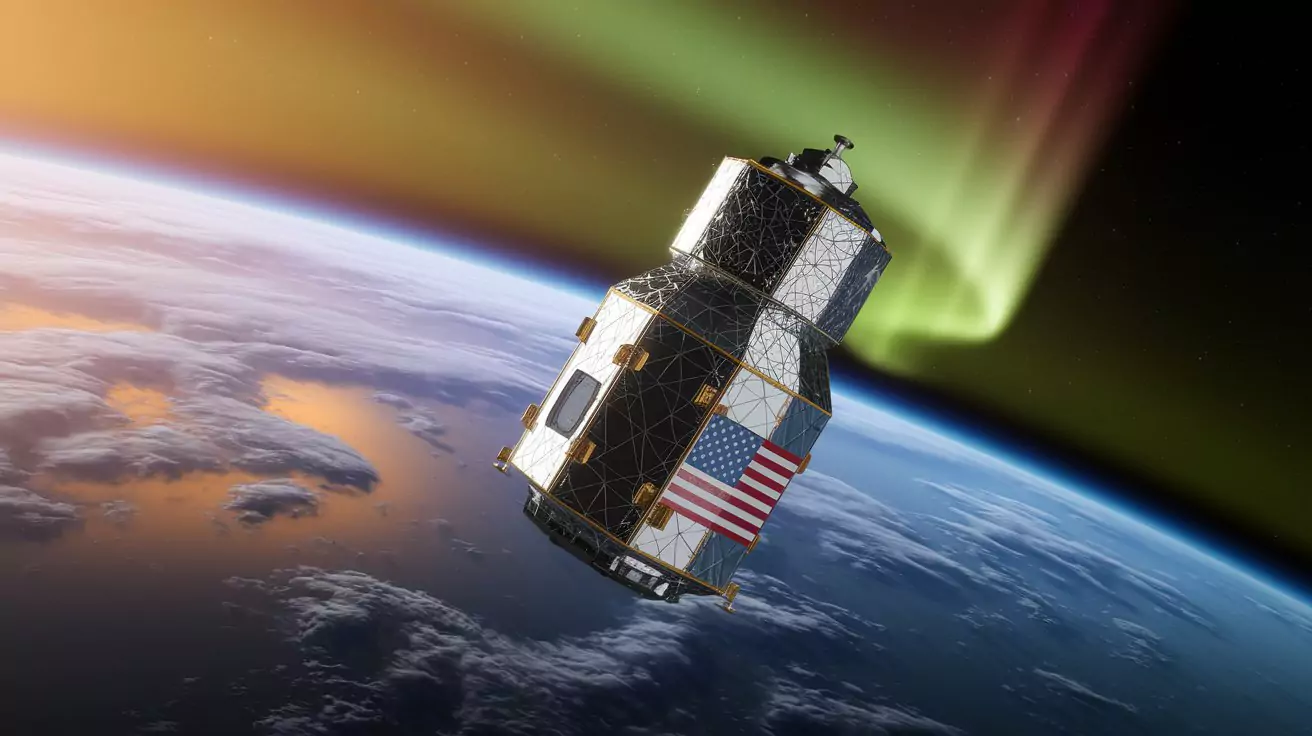AI Impact Analysis on the Small Satellite Industry
Artificial intelligence is emerging as a game-changer in the small satellite industry, driving the next wave of innovation in Earth observation, communications, defense, and scientific missions. Small satellites—typically under 500 kg—are uniquely positioned to benefit from AI integration due to their increasing deployment in large constellations, data-heavy operations, and demand for autonomous capabilities. As the sector rapidly scales in volume, complexity, and commercial utility, AI is becoming the critical enabler for efficiency, responsiveness, and intelligence in orbit.
The primary impact of AI on small satellites lies in onboard data processing and decision-making autonomy. With limited bandwidth and the growing volume of sensor data generated by imaging, thermal, radar, and signal payloads, small satellites increasingly rely on AI models to perform edge analytics. These systems can pre-process, filter, and interpret data onboard—enabling satellites to prioritize key observations, reduce downlink congestion, and provide near real-time insights to end-users. This is particularly vital for time-sensitive applications such as disaster monitoring, crop health analysis, maritime surveillance, and tactical military operations.

Autonomous satellite operations are another frontier where AI is proving indispensable. Small satellites are being equipped with AI algorithms that allow them to self-manage key functions like orbit adjustment, collision avoidance, thermal regulation, and power optimization without continuous ground control intervention. This autonomy is crucial for managing large constellations, especially in low Earth orbit (LEO), where the risk of orbital congestion and space debris demands agile and intelligent system behavior. AI-driven station-keeping and adaptive maneuvering extend mission lifespans and reduce operator workload.
In communications and networking, AI enables dynamic spectrum management, beam steering, and interference mitigation. As small satellite constellations play a growing role in global broadband coverage, AI helps optimize satellite-to-ground and inter-satellite links, enhancing network stability, throughput, and latency. Machine learning models can predict traffic patterns, allocate bandwidth accordingly, and detect anomalies that could indicate cyber threats or system malfunctions.
AI is also redefining how small satellites are designed and manufactured. Through simulation-based design, AI accelerates engineering processes by testing thousands of design iterations digitally, improving performance and reducing costs. In production environments, AI enhances quality control and predictive maintenance for satellite components. These advances are shortening development cycles and enabling mass production for constellation deployments by companies such as OneWeb, Planet, and Starlink.
On the defense and intelligence front, AI-enabled small satellites support high-frequency ISR (intelligence, surveillance, reconnaissance) by rapidly processing and transmitting actionable intelligence. Governments are deploying smallsats with AI-enhanced imaging sensors for persistent monitoring of military bases, border zones, and maritime regions. The ability of AI to detect changes or anomalies over time from imagery or signals has strategic implications for early warning, threat detection, and battlefield decision-making.
Commercial sectors are leveraging AI-driven smallsat analytics for climate modeling, urban planning, environmental monitoring, and natural resource tracking. By automating object detection, pattern recognition, and predictive analytics, AI turns raw satellite data into valuable, real-time business intelligence that informs industries such as agriculture, insurance, mining, and logistics.
Market dynamics are shifting toward integrated space intelligence platforms, where the value proposition of small satellites moves beyond hardware to include AI-powered data services and analytics. Startups and legacy aerospace firms alike are evolving business models from satellite operators to insight providers, emphasizing end-to-end AI capabilities that serve both public and private customers.
As the small satellite market becomes more crowded and competitive, AI differentiation will become a key factor in commercial and strategic success. Entities that effectively integrate AI into satellite operations, payload intelligence, and ground systems will achieve higher responsiveness, better data quality, and lower operational costs.
Looking forward, AI will play a defining role in enabling inter-satellite collaboration, in-orbit servicing, and multi-orbit mesh networks, where satellites must coordinate, adapt, and learn from one another autonomously. The fusion of AI and smallsat architecture is creating a scalable, intelligent space layer that is increasingly central to digital infrastructure, national security, and scientific progress.
Related Report :
GET A FREE SAMPLE
This FREE sample includes market data points, ranging from trend analyses to market estimates & forecasts. See for yourself.
SEND ME A FREE SAMPLE





